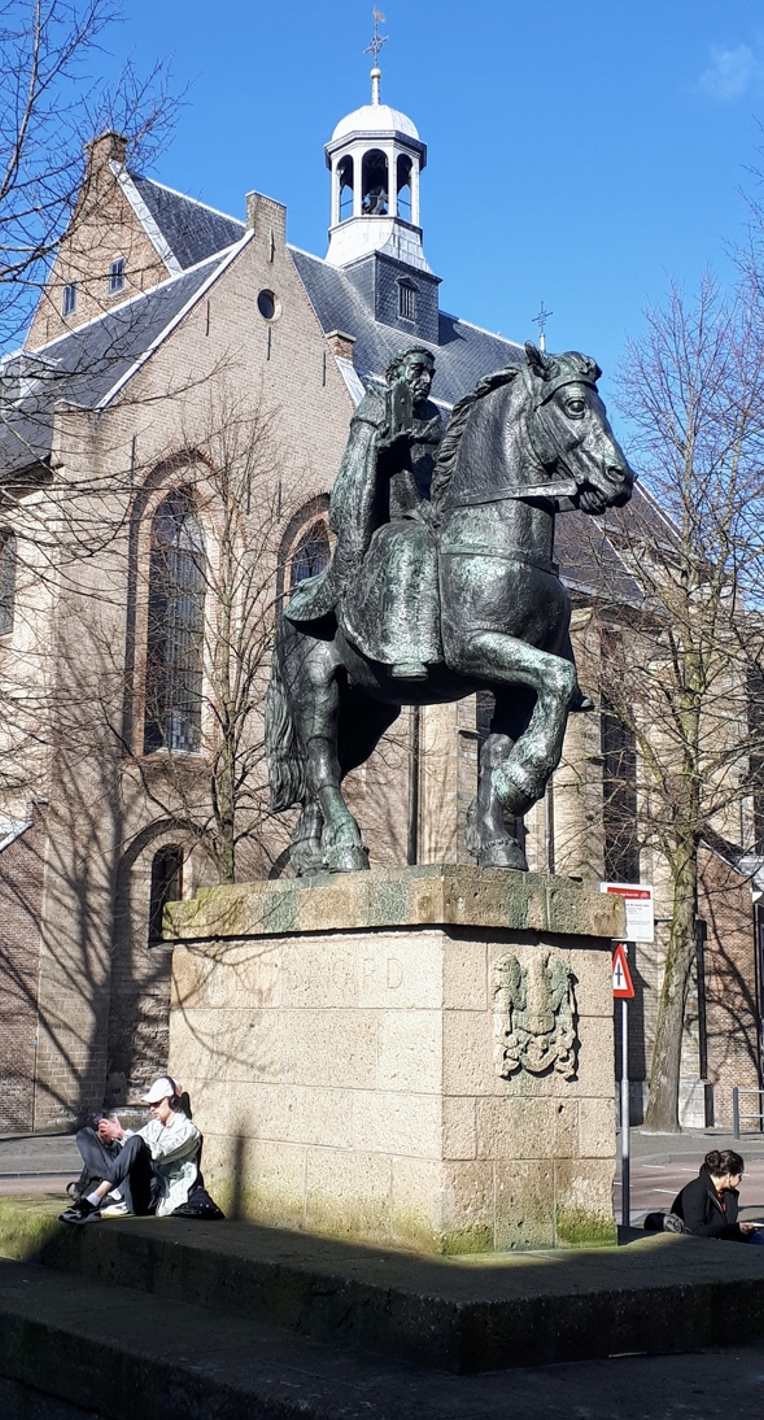The bronze statue of Saint Willibrord can be seen today in the Archdiocese of Utrecht (The Netherlands), close to the Domplein. The statue is a symbol of the devotion of the faithful to Saint Willibrord, the missionary-bishop who evangelised many areas of the Netherlands, Belgium, Luxembourg, Germany and Denmark in the 6th century. Born in England in the 7th century, Willibrord took his vows as monk and started his mission in continental Europe in 690 AD. By journeying to Rome, he established a connection with the Pope and symbolically united the Frisian region with the diocese of the Bishop of Rome. Thanks to his evangelising mission, the community of the Church grew exponentially until his death in 739 AD. The present-day statue in Utrecht was sculpted by Belgian artist Albert Termote, who depicted the Saint as a monk carrying a small Frisian church in his hand, symbol of the churches that Saint Willibrord built in Europe. Since 2002, the ‘Willibrord procession’ takes place every year in September, during which the relics of the Saint are carried to the Cathedral of St. Catharina. The statue represents the work and perseverance of many Saints who, like Willibrord, contributed to shape the Christian roots of Europe and, almost unnoticed, evangelised the continent in the Middle Ages.
The Netherlands
Saint Willibrord by Albert Termote (Archdiocese of Utrecht)

